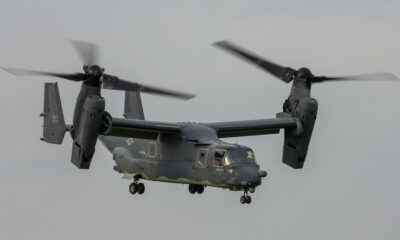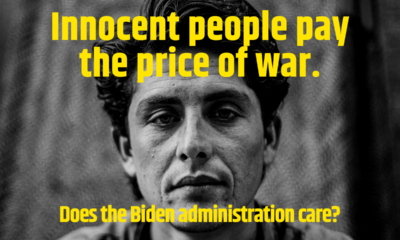Accountability
How the British Outflew the Hidebound USAF in the Cold War and Demolished the Reputation of the F-15
British aircraft and pilots outclassed the USAF during the Cold War. A research fellow describes this in great detail.

In his 2015 book, Tornado over the Tigris: Recollections of a Fast Jet Pilot, Squadron Leader Michael Napier, RAF, describes some of his interactions with the USAF during the Cold War, and it makes for fascinating reading. Napier flew the Tornado for much of his career, and attended the USAF Red Flag exercise several times, managing, along with his squadron mates, to shoot down several technically superior USAF F-15 Eagles and discourage a USAF Aggressor F-5 in mock combat as well. (pp. 127, 161-162, 195). As a result of this, and possibly previous experience, he opined that “The USAF can sometimes be rather weird – sometimes very straight-laced and sometimes not particularly good.” (p. 219). Even worse, according to Commander Sharkey Ward, RN, Royal Navy Sea Harriers have defeated USAF F-15s in simulated air combat by a whopping 7:1 ratio. (p. 67) This flies right in the face of the claim in a 2019 article that the F-15 is invincible in air combat, with 104 kills to 0 losses, but I feel constrained to point out that F-15 is far from invincible in simulated combat with well-trained pilots from first-rate air forces, like the British, Australians, and Canadians. Most of the successes of the F-15 in combat are due in no small way to the fact that they were dealing with poorly trained adversaries from poor countries.
Furthermore, in his 2008 memoir, A Passion for Flying, Group Captain Tom Eeles, RAF (Ret’d) tells us the following: “In 1977 the first RAF participation in the USAF’s Red Flag exercise took place, again a first for the Buccaneer [an older British plane]. We sent our Qualified Weapons Instructor course along on the first Red Flag, along with an instructor crew. The Americans were astonished at the way in which the British operated their aircraft and were mortified to find out that our tactics of flying at high speed and ultra-low level were extremely successful when compared with their more restrained approach.” (p. 98) The Americans had better aircraft, but their pilots were and still are not as good as the Brits in many significant ways. This is because of the risk averse culture of the USAF, and the desire to get promoted often comes before the goal of being a good pilot. In the RAF, there is not an Up or Out promotion system, and therefore pilots want to be good at their jobs, flying at the edge, and are less concerned about advancing in rank. For an air force that is allegedly the best in the world and with global involvement, not being able to fly at low altitudes is a big weakness, and I see no evidence that this has changed in the meantime.
Another RAF officer, a navigator named Alan Dyer Perry, flew with an American exchange pilot named Gary Goebel, and he wrote the introduction to Goebel’s 2020 book Tinman’s Tale. The British officer was pleased that his American counterpart was not a typical by-the-book USAF flyer. As he put it, “I first met Gary in the autumn of 1976, when he arrived on 12 Squadron at Royal Air Force Honington. I believe it was the Boss, Wing CDR Graham Smart who pulled me aside and gave me the news that I was to be crewed with him on the mighty Buccaneer. I was by now on my third tour with 2000 hours behind me, so by RAF standards, reasonably experienced. Accordingly, I made the erroneous presumption that I might instill some British ways into this Yank. After all, in the Royal Air Force, we regarded ourselves as second to none. (For the record, our first flight together was on 15 October 1976).” (p. 1)
He continued: “Gary was the first USAF aviator I had met, let alone flown with, so there was bound to be a learning curve for both of us. What I did not know was that Gary was not a standard USAF officer, and what he did not know was that I was not a standard RAF officer.” (Ibid.) Perry said that his USAF counterpart was a great pilot, and an adventurer, but when he went on exchange duty himself with the Americans on the F-111, he found that his friend was a very rare man in his air force. “I arrived at Mountain Home AFB, Idaho on New Years Eve 1978, and began conversion to the F-111A. I then discovered that the average USAF pilot was most definitely not in the Goebel mold. USAF procedure, rules and standardization were set in tablets of stone, and perfectly normal and sensible individuals strived relentlessly to demonstrate their concurrence and loyalty to them. Quite a shock. I had been emancipated by flying with a freewheeling spirit, and now I was locked into a system that rewarded future airline pilots. How did Gary exist in this structure was beyond me…” (pp. 2-3) It sounds like Goebel was a better fit for the RAF than the USAF!
Think about this for a moment. Based on RAF testimony during the Cold War, the USAF was a stifling, micromanaged mess where pilots had little opportunity to use their own judgment. There was also a longstanding prohibition against flying at low levels. They also exaggerated the combat effectiveness of the F-15, and mark my words, there is no reason to doubt that this is all still true in 2023. Let’s hope something will be done by the USAF leadership to remedy these problems before they cost lives in combat against a truly first-rate adversary, one whose active duty fighter pilots were getting more than 6.8 flying hours a month as recently as 2021.
Notes:
Michael Napier. Tornado Over the Tigris: Recollections of a Fast Jet Pilot. Pen & Sword Books. Kindle Edition.
Commander Sharkey Ward. Sea Harrier Over the Falklands. Weidenfeld & Nicholson. Kindle Edition.
Tom Eeles. A Passion for Flying: 8,000 hours of RAF Flying. Pen & Sword Books. Kindle Edition.
Gary Goebel. Tinman’s Tale: Flying Air Force Heavy Iron in the 60s, 70s and 80s. Kindle Edition.
This article was originally published by RealClearDefense and made available via RealClearWire.
Roger Thompson is a research fellow at Dalhousie University’s Centre for the Study of Security and Development, the author of "Lessons Not Learned: The U.S. Navy’s Status Quo Culture," and a former researcher at Canada’s National Defence Headquarters.
-

 Constitution4 days ago
Constitution4 days agoPrecinct Strategy scores again
-

 Civilization3 days ago
Civilization3 days agoLegacy media already assume Trump wins
-
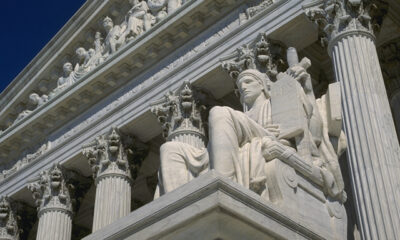
 Civilization3 days ago
Civilization3 days agoSCOTUS Is Last Bulwark Against Critical Legal Studies
-
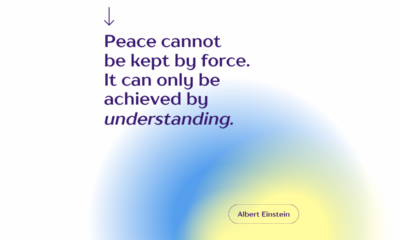
 Civilization1 day ago
Civilization1 day agoAntisemitism – and misguided legislation
-

 Civilization3 days ago
Civilization3 days agoEnergy Pipeline Companies Should Follow the Rules of the Road
-

 News4 days ago
News4 days agoTime to Fly – Really Fast
-

 Education4 days ago
Education4 days agoThe Road Back to Normalcy Starts Where the Problem Began: College Campuses
-
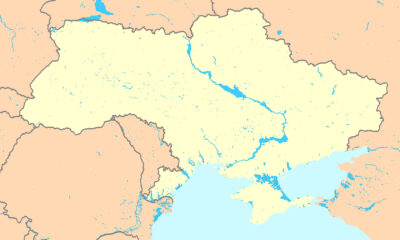
 Civilization3 days ago
Civilization3 days agoWhat 10 Years of U.S. Meddling in Ukraine Have Wrought (Spoiler Alert: Not Democracy)





